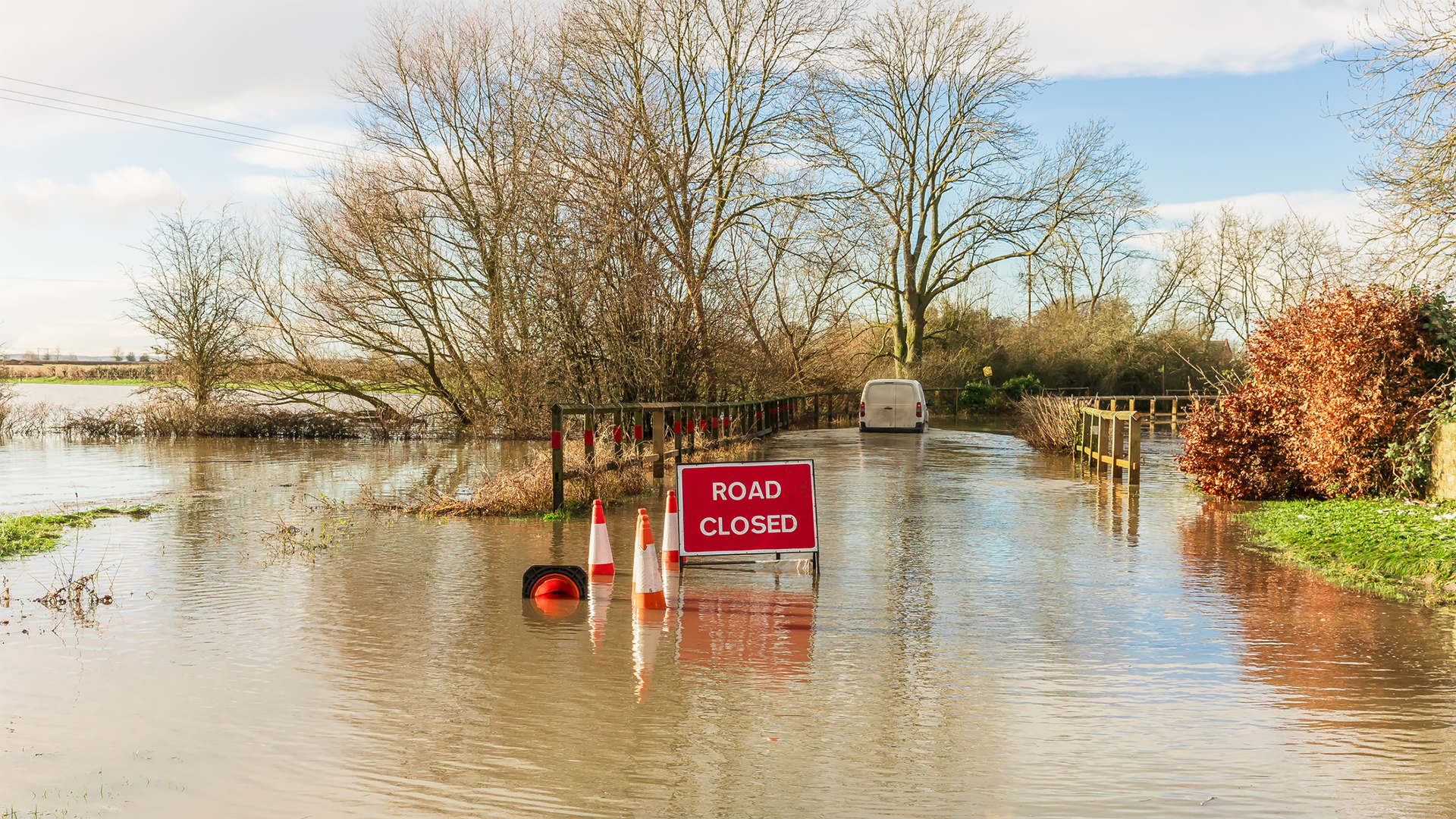
Q: In light of Cyclone Alfred's disruptions in Queensland and Northern NSW, how do "Additional Benefits" like Denial of Access relate to the "Material Damage Proviso" and flood exclusions in Business Interruption insurance? What should adjusters and brokers consider regarding 'vicinity' and distinctions between public authority 'orders' and 'warnings'?
Following Ex-Tropical Cyclone Alfred, businesses across Queensland and Northern NSW are facing significant financial strain. While Business Interruption (BI) insurance is designed to cover losses, the intricacies of policy wordings can lead to confusion regarding coverage, especially with the interplay of exclusions, extensions, and the Material Damage Proviso.
The Material Damage Proviso requires physical damage to property insured under a policy for a BI claim to be triggered. If damage such as flooding is excluded under the policy, the BI loss stemming from that event will also be excluded. This highlights the importance of thoroughly reviewing policy exclusions related to specific perils like floods.
Denial of Access and Damage at Customers’ Premises are common extensions, but they often come with restrictions. These extensions may only apply when physical damage occurs in the vicinity or at specific locations and can be limited to a percentage of the sum insured. For example, damage at a customer’s premises might only be covered up to 20% of the sum insured.
Additionally, extensions like power outages typically apply only after a 48 to 72 hour delay, highlighting the need to understand the waiting periods and geographical limitations.
Adjusters and brokers must meticulously examine policy documents, including Product Disclosure Statements (PDS) and Policy Schedules, as policy wordings vary significantly.
Key considerations include:
- Definition of 'Vicinity': The term vicinity is crucial in BI claims, especially for Denial of Access coverage. Policies may define it as a limited radius such as 20km from the business premises. However, events like Cyclone Alfred can cause widespread disruptions, meaning businesses outside this radius may have their claims denied despite operational impacts.
- Public Authority ‘Orders’ vs. ‘Warnings’: A significant point of confusion arises between orders and warnings issued by public authorities. Only official orders (such as very rarely issued “Evacuation Orders”) may trigger coverage under certain BI extensions. Warnings, such as general cyclone alerts or advice, do not carry the same weight and typically do not qualify for coverage.
In conclusion, if there is any doubt about coverage, businesses should consult their broker or insurer and consider lodging a claim for detailed examination. The unpredictable nature of cyclones requires a nuanced understanding of policy details.
Adjusters and brokers must consider each claim’s specific circumstances, including the type of damage, policy exclusions, and the nature of any public authority orders or warnings.
Attributable to Graham Peters, National Executive Adjuster, Head of Class Actions — Crawford & Co.


Comments
Remove Comment
Are you sure you want to delete your comment?
This cannot be undone.